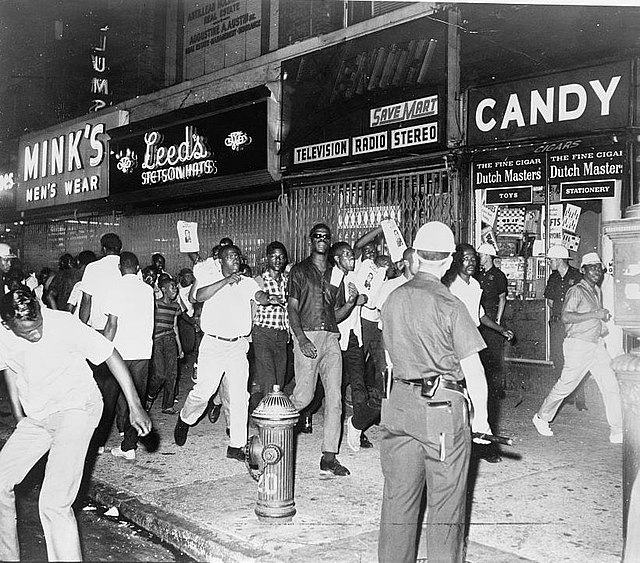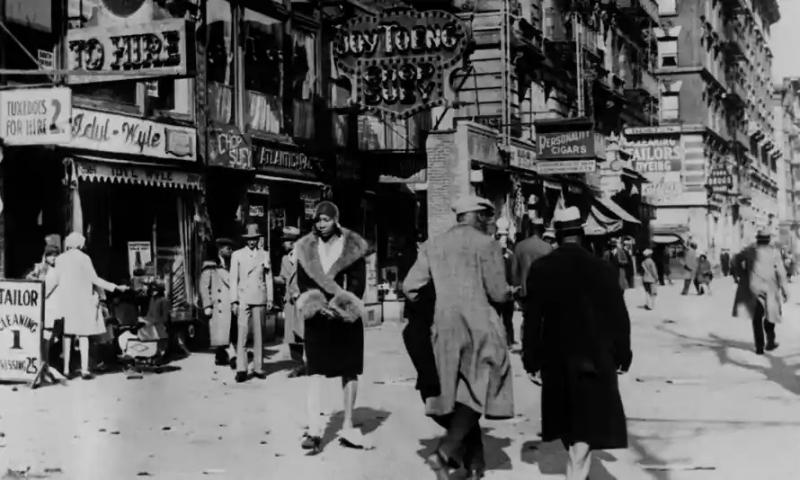Harlem was initially a place for a wealthy White community
One of the interesting facts about the Harlem Renaissance is that Harlem was initially a place for a wealthy white community. During the American Civil War, Harlem, like the rest of the city, had draft riots, but the area benefited greatly from the economic boom that followed the war's end in 1868. The neighborhood remained a haven for New Yorkers, but those heading north were increasingly poor, Jewish, or Italian. Factories, houses, churches, and retail buildings were constructed at breakneck speed. The Panic of 1873 reduced Harlem property prices by 80%, allowing the City of New York to annex the problematic neighborhood as far north as 155th Street.
Early entrepreneurs had high plans for Harlem: Polo was played at the original Polo Grounds, which subsequently became the home of the New York Giants baseball team. Hammerstein, Oscar In 1889, I opened the Harlem Opera House on East 125th Street. Even row houses were insufficient to service the rising population by 1893, and large-scale apartment structures were the norm. According to Harlem Monthly Magazine, "it is obvious to the most casual observer that the center of fashion, money, culture, and intelligence must, in the near future, be found in the venerable and dignified hamlet of Harlem".
However, in the same year, a construction glut and a delay in the subway's construction caused a drop in real estate prices, attracting an influx of Eastern European Jews and Italians to Harlem. In 1869, there were 12 Jews in Harlem; by 1915, the population had risen to about 200,000. Existing landowners attempted to prevent Jews from coming into the neighborhood in order to demonstrate their opposition to the advent of blacks. At least one rental sign read, "No Jews and No Dogs" (No Jews and no dogs). Italians arrived in Harlem just a few years after the Jews. By 1900, Harlem had 150,000 Italians. Both groups concentrated their efforts in East Harlem.
However, by the 1930s, the area had been severely impacted by employment losses as a result of the Great Depression. In the early 1930s, 25% of Harlemites were unemployed, and employment prospects for Harlemites remained bleak for decades. Employment among black New Yorkers has decreased as other ethnic groups have taken over some traditionally black enterprises, such as domestic service and various sorts of physical labor. Major companies abandoned New York City entirely, particularly after 1950. Several riots occurred during this time period, notably those in 1935 and 1943.










